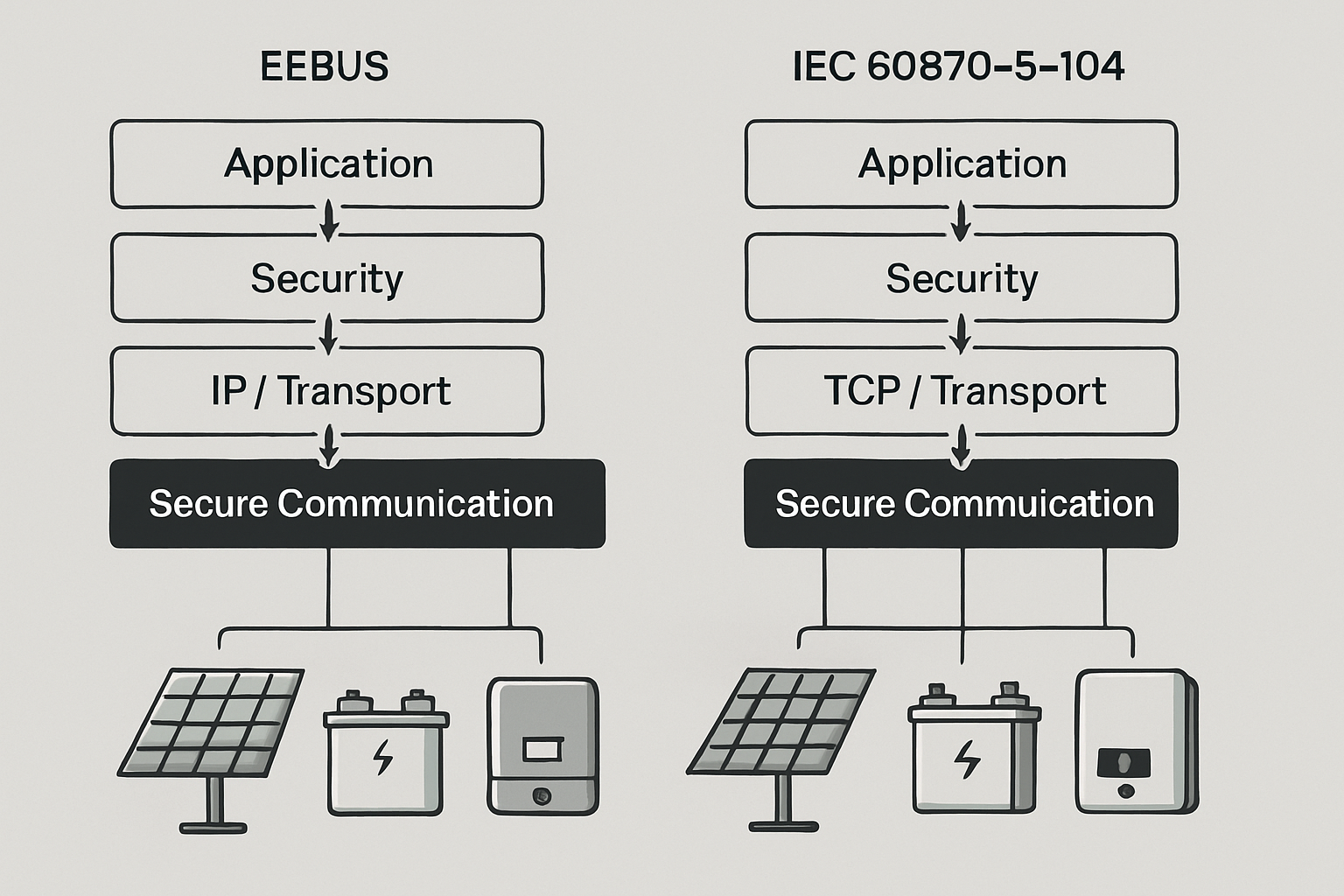Sizing off-grid solar systems shouldn't be guesswork. After years in the solar industry, I've seen countless installations fail because owners relied on rough estimates instead of precise calculations. The difference between a system that barely functions and one that delivers reliable energy independence comes down to three critical factors: irradiance data, depth of discharge (DoD), and accurate loss calculations.

This technical approach eliminates the guesswork that leads to oversized, expensive systems or undersized, unreliable ones. Let's examine how to calculate your exact requirements using proven methodologies.
Understanding Solar Irradiance for Accurate Panel Sizing
Solar irradiance forms the foundation of every sizing calculation. Global Horizontal Irradiation (GHI) varies dramatically by location and season, directly impacting your panel requirements. According to IRENA's renewable energy system analysis, proper irradiance assessment can prevent up to 30% oversizing in solar installations.
Calculating Peak Sun Hours from Irradiance Data
Peak sun hours represent the equivalent hours of 1000 W/m² irradiance your location receives daily. This metric converts complex irradiance curves into usable sizing data.
Formula: Peak Sun Hours = Total Daily Irradiation (Wh/m²) ÷ 1000
For example, a location receiving 5.5 kWh/m²/day provides 5.5 peak sun hours. Your 400W panel generates: 400W × 5.5 hours = 2,200Wh daily under ideal conditions.
Seasonal Irradiance Variations Impact
Winter irradiance can drop 60-70% compared to summer peaks. Design for worst-case scenarios to ensure year-round reliability. Use the lowest monthly irradiance values for critical loads that require constant power.
| Season | Irradiance Reduction | Sizing Factor |
|---|---|---|
| Winter | 60-70% | 1.6-2.3x |
| Spring/Fall | 20-30% | 1.2-1.4x |
| Summer | Baseline | 1.0x |
Depth of Discharge: The Battery Sizing Game Changer
DoD determines how much stored energy you can actually use without damaging your batteries. This single parameter dramatically affects battery bank sizing calculations.
DoD by Battery Chemistry
Different battery technologies offer vastly different usable capacities:
- Lead-acid: 50% DoD maximum for reasonable lifespan
- LiFePO4: 80-90% DoD with minimal cycle impact
- Lithium-ion: 80% DoD recommended for optimal longevity
IRENA's battery analysis shows that lithium-ion batteries deliver superior performance with round-trip efficiency around 90%, compared to 80-85% for lead-acid systems.
Calculating Actual Battery Capacity
Required Battery Capacity = Daily Energy Needs ÷ (DoD × Battery Efficiency × Inverter Efficiency)
For a system requiring 10 kWh daily with LiFePO4 batteries:
Required Capacity = 10,000Wh ÷ (0.85 × 0.95 × 0.92) = 13,450Wh
This accounts for usable DoD, battery inefficiencies, and inverter losses in one calculation.
System Losses: The Hidden Capacity Killers
System losses can reduce actual output by 20-40% compared to nameplate ratings. Accurate loss calculations prevent undersized systems that fail during peak demand.
Primary Loss Categories
DC Losses (Panel to Charge Controller):
- Wiring losses: 2-3%
- Mismatch losses: 2-5%
- Soiling/dust: 3-8%
- Temperature derating: 5-15%
Conversion Losses:
- MPPT charge controller: 3-5%
- Battery charging: 5-10%
- Inverter efficiency: 8-12%
Temperature Impact on Performance
Panel output decreases 0.4-0.5% per degree Celsius above 25°C. In hot climates, this creates significant derating:
Temperature Derating = 1 - (Temperature Coefficient × (Operating Temp - 25°C))
At 45°C operating temperature with -0.4%/°C coefficient:
Derating = 1 - (0.004 × 20) = 0.92 or 8% loss
Integrated Sizing Methodology
Combining irradiance, DoD, and losses into a comprehensive sizing approach ensures reliable system performance.
Step-by-Step Calculation Process
1. Determine Daily Energy Requirements
Calculate actual load consumption including all devices and their operating hours.
2. Apply System Efficiency Factor
Total System Efficiency = DC Efficiency × Conversion Efficiency × AC Efficiency
Typical range: 0.65-0.80 for well-designed systems
3. Calculate Required Panel Capacity
Panel Capacity = Daily Energy Need ÷ (Peak Sun Hours × System Efficiency)
4. Size Battery Bank with DoD
Battery Capacity = (Daily Energy × Autonomy Days) ÷ DoD
Real-World Example
Remote cabin requiring 15 kWh daily in location with 4.5 peak sun hours:
Panel Sizing:
15,000Wh ÷ (4.5 hours × 0.75 efficiency) = 4,444W panels required
Battery Sizing (LiFePO4, 3-day autonomy):
(15,000Wh × 3 days) ÷ 0.85 DoD = 52,941Wh capacity
This systematic approach eliminates guesswork and delivers properly sized systems.
Validation and Optimization Strategies
Proper sizing requires validation against real-world performance data and optimization for cost-effectiveness.
Performance Monitoring Integration
Install monitoring systems to validate calculations against actual performance. Key metrics include:
- Daily energy harvest vs. predicted output
- Battery state of charge patterns
- System efficiency measurements
- Load profile accuracy
IEA solar analysis indicates that monitored systems achieve 15-20% better performance through optimization opportunities identified in real-time data.
Seasonal Adjustment Protocols
Design systems with seasonal adjustment capabilities. This includes:
- Expandable panel mounting for winter additions
- Battery bank modularity for capacity adjustments
- Load management systems for demand response
Making Data-Driven Decisions
Successful off-grid systems result from precise calculations, not educated guesses. Using irradiance data, proper DoD calculations, and comprehensive loss analysis eliminates the trial-and-error approach that wastes money and compromises reliability.
The mathematics are straightforward, but the details matter. Temperature coefficients, seasonal variations, and system inefficiencies compound quickly. A 5% error in each major calculation can result in 20-30% undersizing.
According to IRENA's 2024 cost analysis, properly sized systems achieve 25% better cost-effectiveness over their lifetime compared to oversized installations, while maintaining superior reliability metrics.
Your energy independence depends on getting these calculations right the first time. Use the data, apply the formulas, and build systems that deliver reliable power for decades.





Leave a comment
All comments are moderated before being published.
This site is protected by hCaptcha and the hCaptcha Privacy Policy and Terms of Service apply.